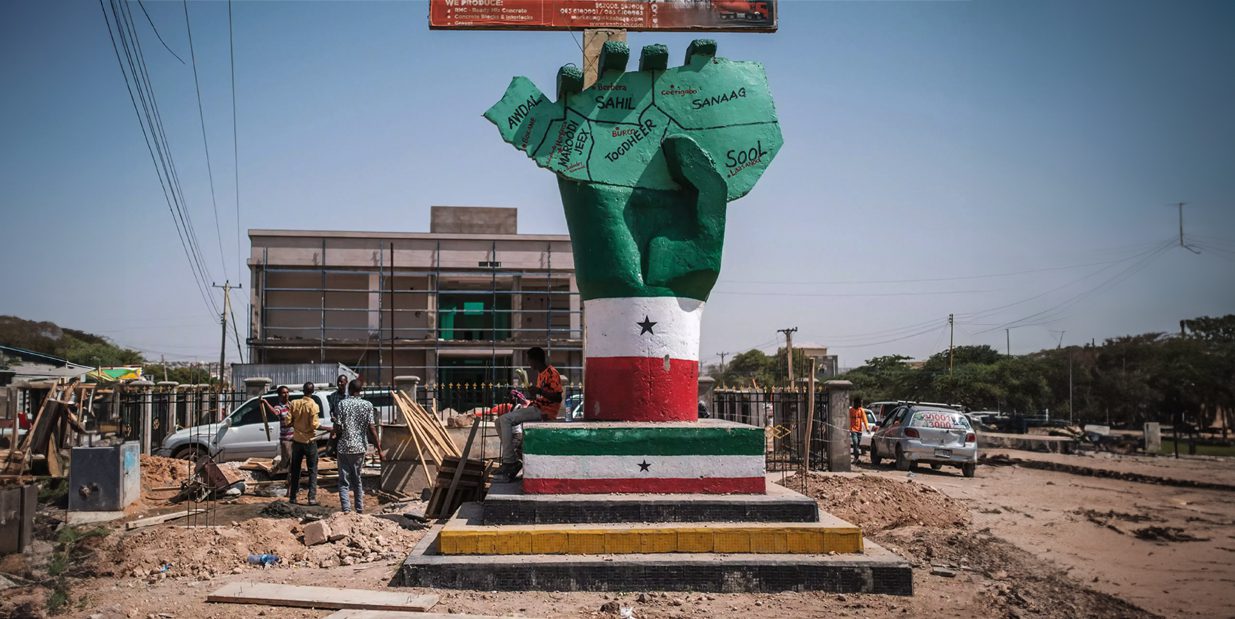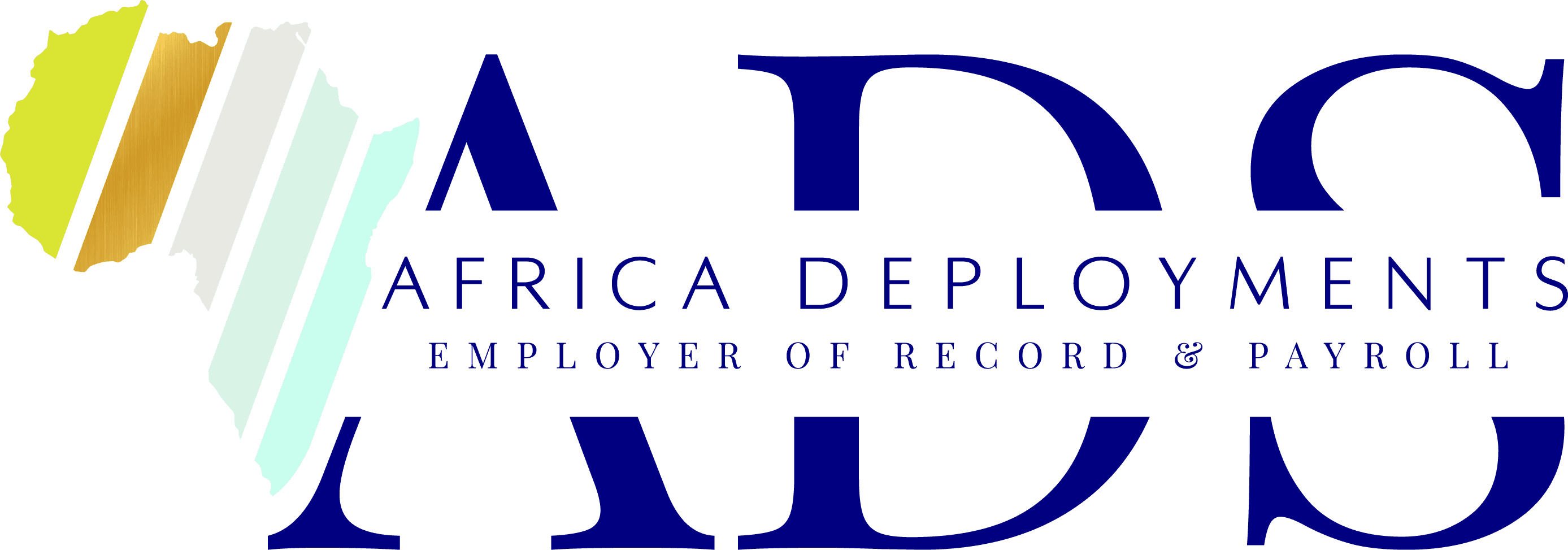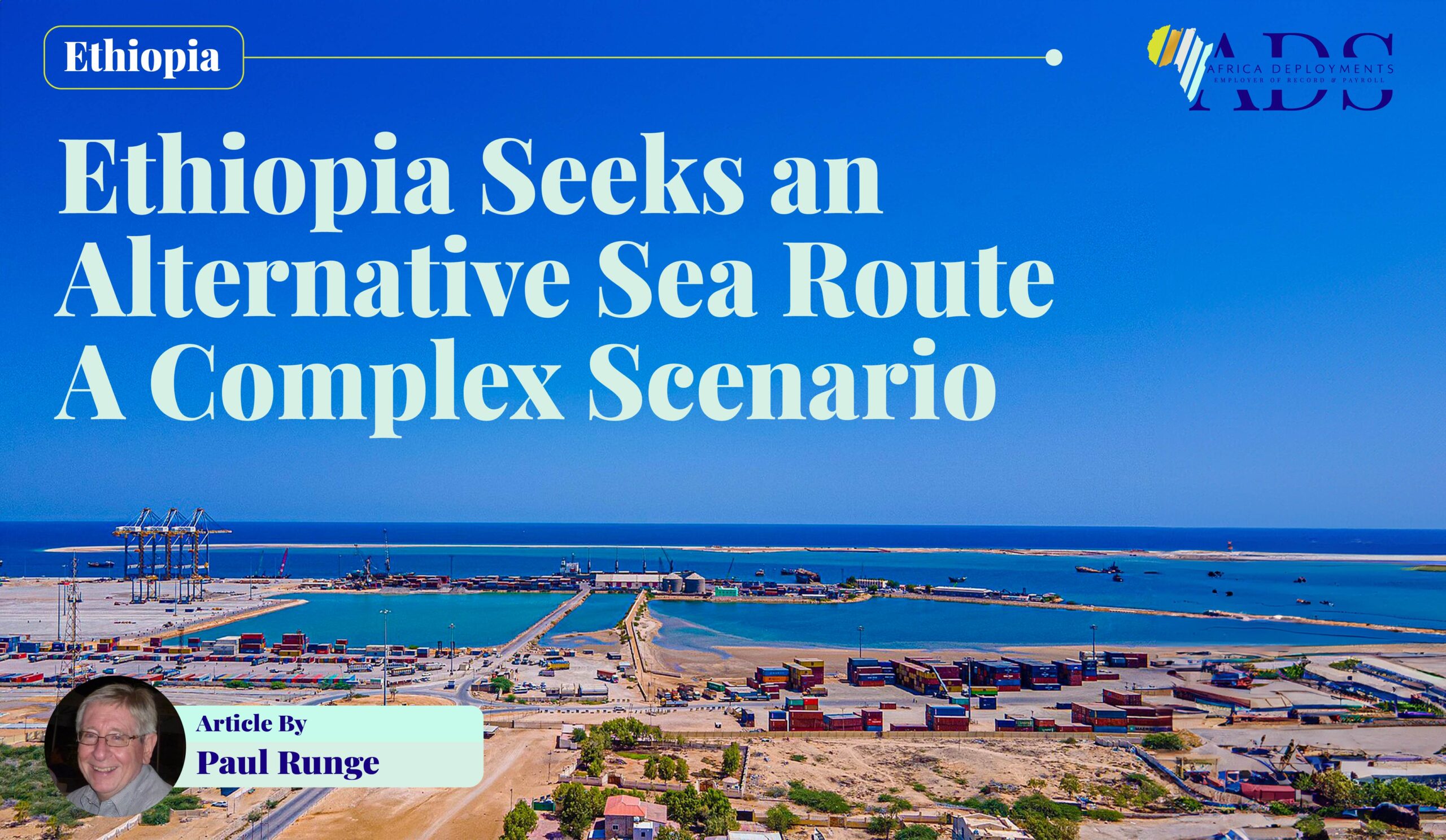
Ethiopia Seeks an Alternative Sea Route A Complex Scenario
A major new news item
At the time of writing, the international media is carrying numerous reports and analyses on the recent signing of a Memorandum of Understanding between Ethiopia and Somaliland. The latter is a self-declared state that is not recognised by the United Nations nor the African Union. It is regarded internationally as a de jure region of Somalia. The Somali government has registered its strong protest against the MoU which will provide Ethiopia with direct access to the port of Berbera in Somaliland.
This development has the potential to further destabilise the political situation in the Horn of Africa. An analysis of Ethiopia’s reasons for entering into the agreement requires a historical perspective and consideration of the region’s economic conditions. Ethiopia’s logistical needs must be taken into account.
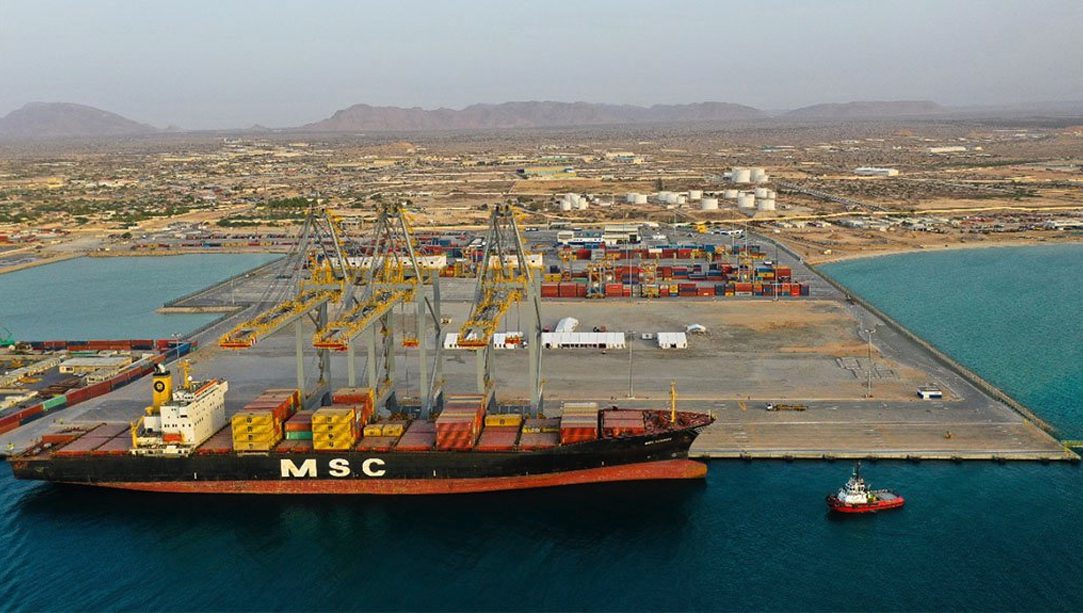
Ethiopia becomes land-locked
Over 90% of Ethiopia’s imports and exports currently pass through the ports of Djibouti. The small country is strategically situated on a vital sea route at the mouth of the Red Sea leading to the Suez Canal. Djibouti has carried out major improvements in its port infrastructure. The Doraleh multi-purpose port, which was inaugurated in 2017, has over 1 200 metres in quay length and a depth of over 15 metres.
The 759-kilometre Addis-Djibouti Railway was inaugurated in 2016. In 2023, the Ethio Djibouti Railway Share Company reported that its transport load exceeded two million tons of cargo in the year from 20 stations along the route.
I met with the then Djibouti-Ethiopia Rail Authority in Addis Ababa in 2000. At that stage, a number of feasibility studies on the rail project were underway. Various international consortia had promised major investments. There was also strong lobbying by truck companies who obviously favoured continued full usage of the road linking the two countries and were resisting the rail option.
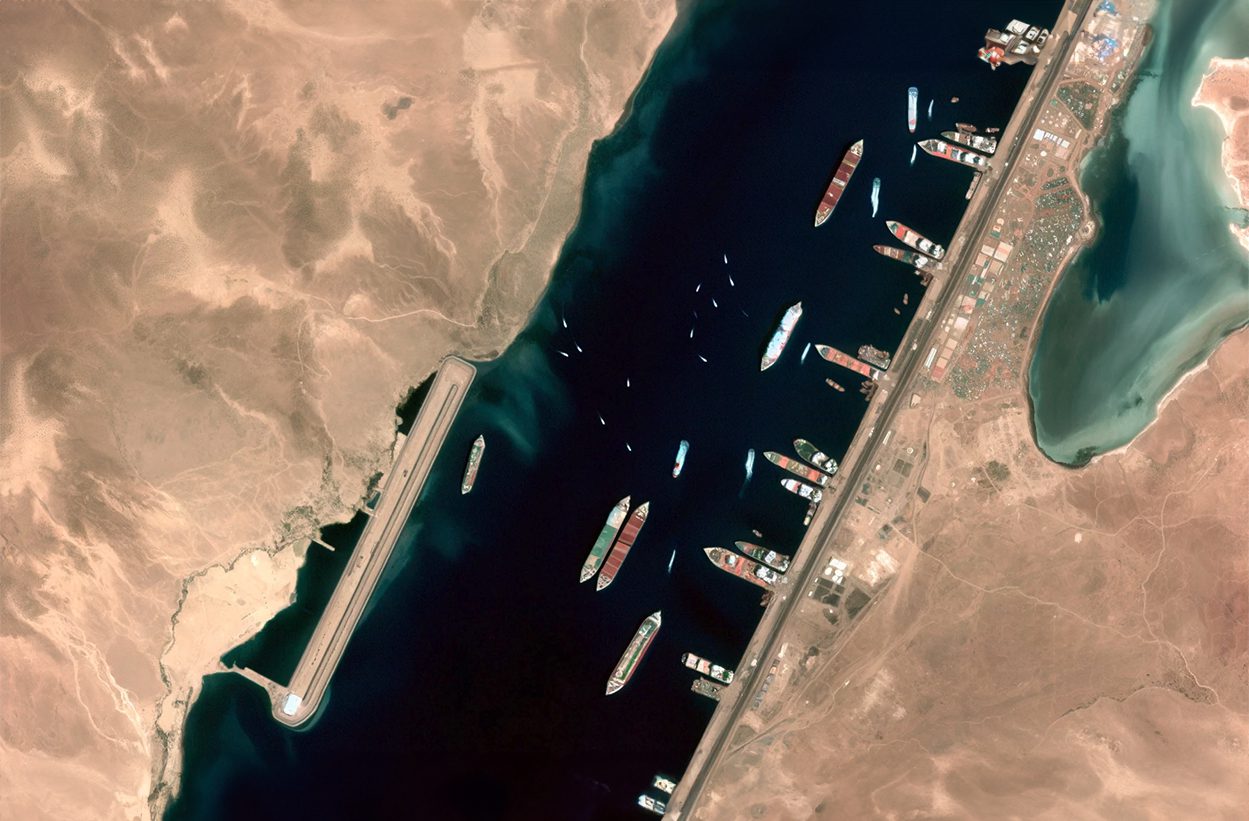
Ethiopian dependence on Djibouti
Over 90% of Ethiopia’s imports and exports currently pass through the ports of Djibouti. The small country is strategically situated on a vital sea route at the mouth of the Red Sea leading to the Suez Canal. Djibouti has carried out major improvements in its port infrastructure. The Doraleh multi-purpose port, which was inaugurated in 2017, has over 1 200 metres in quay length and a depth of over 15 metres.
The 759-kilometre Addis-Djibouti Railway was inaugurated in 2016. In 2023, the Ethio Djibouti Railway Share Company reported that its transport load exceeded two million tons of cargo in the year from 20 stations along the route.
I met with the then Djibouti-Ethiopia Rail Authority in Addis Ababa in 2000. At that stage, a number of feasibility studies on the rail project were underway. Various international consortia had promised major investments. There was also strong lobbying by truck companies who obviously favoured continued full usage of the road linking the two countries and were resisting the rail option.
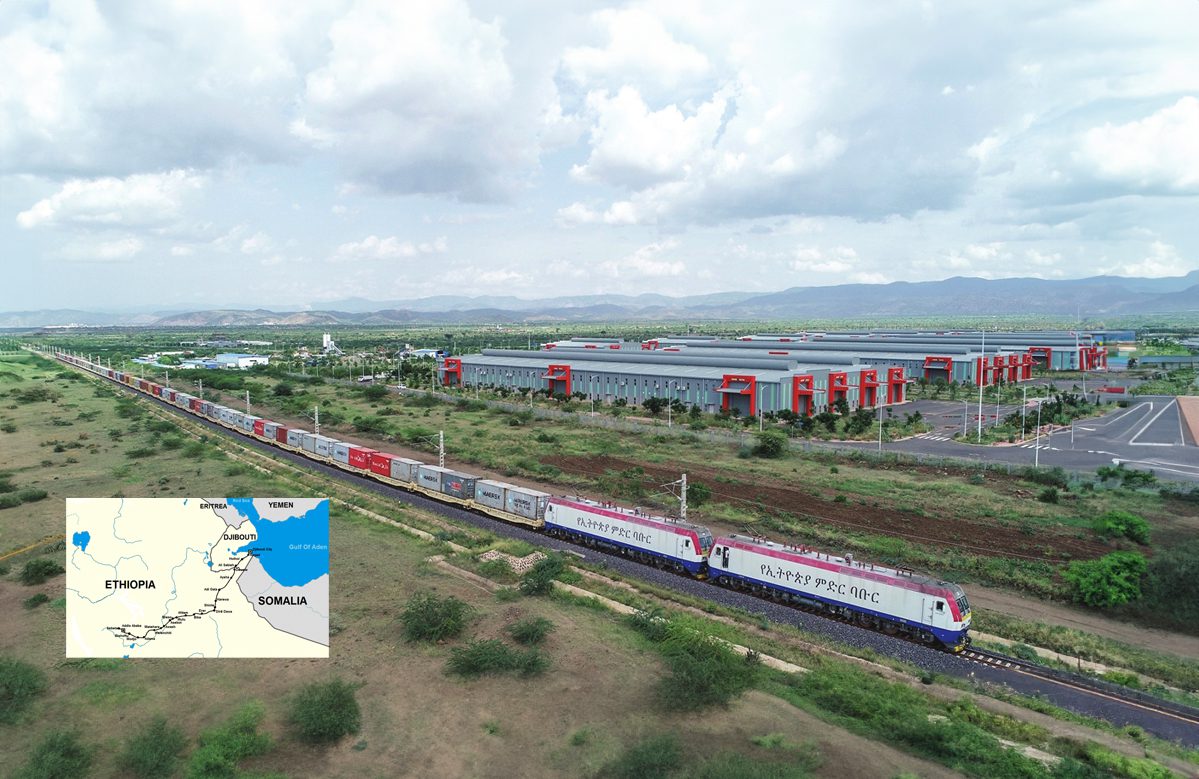
Major investment in Berbera Port, Somaliland
Aside from the current political controversy raised by Somalia’s objections, usage of Berbera Port by Ethiopia makes sound economic sense.
The port of Berbera in Somaliland is located just over 240 kilometres south-east of Djibouti. It too is strategically situated further down the Gulf of Aden. It is well positioned to serve the regional hinterland. The investors in its development are calling it “a gateway to the Horn of Africa.” It is a natural harbour with a draft depth of 17 metres which enables it to accommodate large container vessels.
In 2017, Dubai Ports World took over management of the port on the basis of a 30-year renewable concession. The company has invested US$ 442 million in the development of Berbera Port into an integrated regional and industrial hub for the Horn of Africa region. The first phase of the port expansion project began in late 2018 and comprises a 400 metre quay, a 250 000 square metre yard extension and gantry cranes. In June 2021, a new container terminal was inaugurated. The port’s container handling capacity has increased from 150 000 TEU’s to 500 000 TEU’s per annum. Cargo volumes have reportedly increased 35%.
The Singapore-based multinational commodity trading company, Trafigura, has invested in the installation of new fuel storage tanks at the port. The intention is to develop a new regional fuel supply source.
Ethiopia is reportedly proposing a new rail connection from Berbera to the Addis-Djibouti rail network through a Public-Private-Partnership (PPP) arrangement.
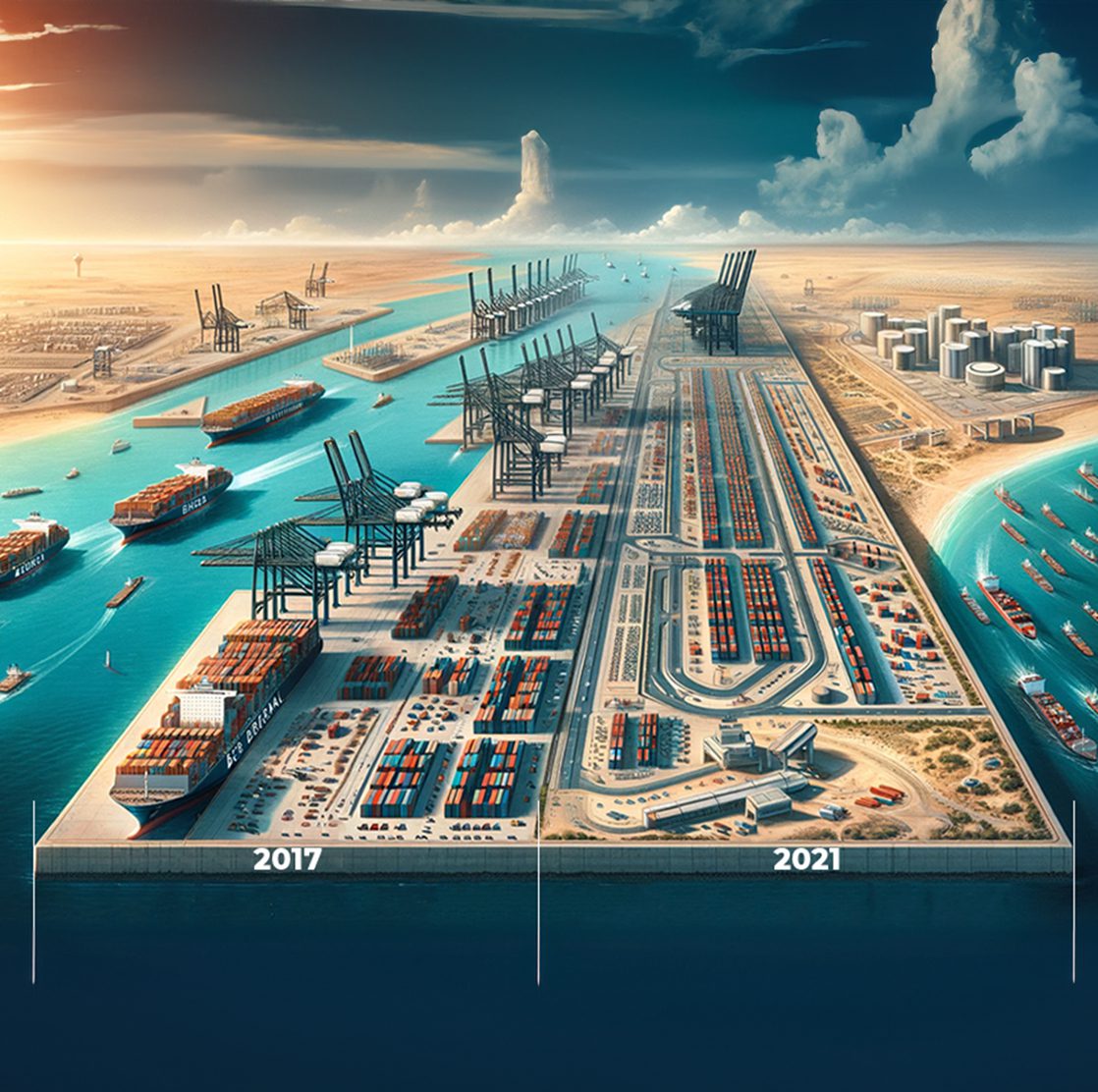
Ethiopia’s sea route options
The Ethiopians would clearly wish to lessen their strong dependence upon its Djibouti trade lifeline. A major problem regarding the Djibouti route is that it is expensive. Ethiopia pays over one billion US Dollars per annum to use these ports. However, the Djibouti option is historically well-established and the country’s dependence on this corridor will continue, albeit perhaps to a lesser extent.
At 937 kilometres, the Berbera corridor is almost 200 kilometres longer than that of the Djibouti corridor. The connecting rail has yet to be financed and built. Somali objections to Ethiopia using Berbera could hamper implementation of the Somaliland option.
Ethiopia is a full partner in the Lamu Port-South Sudan-Ethiopia project. LAPSSET establishes Kenya’s newly-expanded port of Lamu as the transit point in a regional trade corridor that facilitates the passage of exports and imports for the three participating countries. However, Lamu is 1 278 kilometres from Addis Ababa, and the benefit of this route will be limited to Ethiopia’s least-developed southern regions. The LAPSSET initiative is still in its development phase, and may take time to reach full fruition.
In 2018, Ethiopia and Sudan reached agreement on an Ethiopian stake in Sudan’s gateway port of Port Sudan on the Red Sea. However, the driving distance between Addis Ababa and Port Sudan is a particularly long 1 822 kilometres. The current civil conflict in Sudan also invalidates this option.
Ethiopia’s complex political relations with Eritrea have prevented them from using Massawa and Assab ports. There has been some recent rapprochement between the two states and references by their leaders to the possible resumption of their usage. However, concrete developments are awaited.
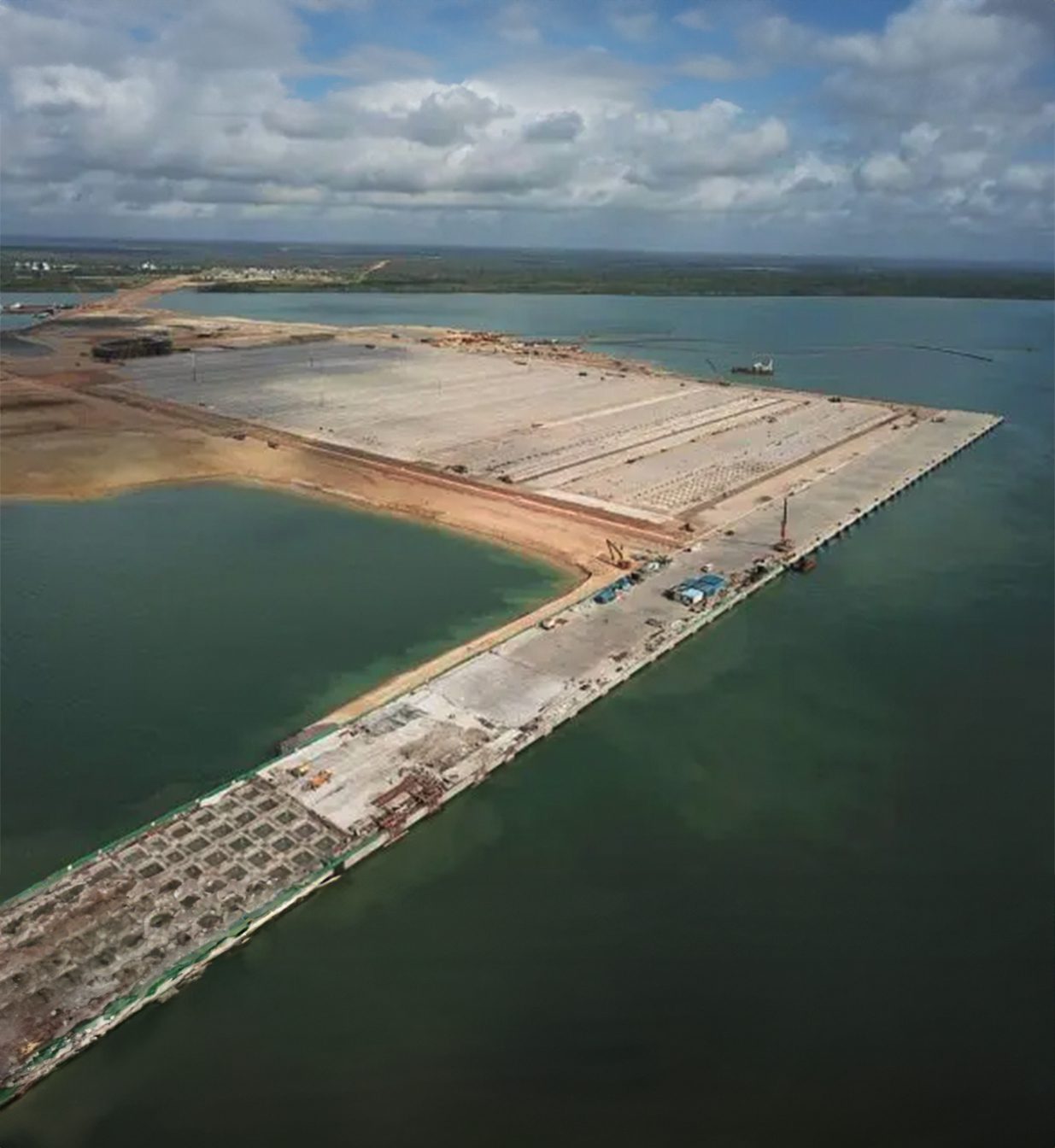
The Berbera ‘sticking point’
Somalia regards the recent Ethiopia-Somaliland MoU as “a blatant violation of the sovereignty and territorial integrity of the Federal Republic of Somalia”. Their protest pertains to Ethiopia’s effective recognition of Somaliland as an independent state. Ethiopia’s responses to this issue have been vague. The Ethiopians have undertaken to carry out an “in-depth assessment” of the Somali sovereignty protest.
Full realisation of the Berbera Corridor is hampered by the sovereignty controversy. This could be the ‘sticking point’ that blocks an alternative trade route for the land-locked giant of the Horn of Africa.
